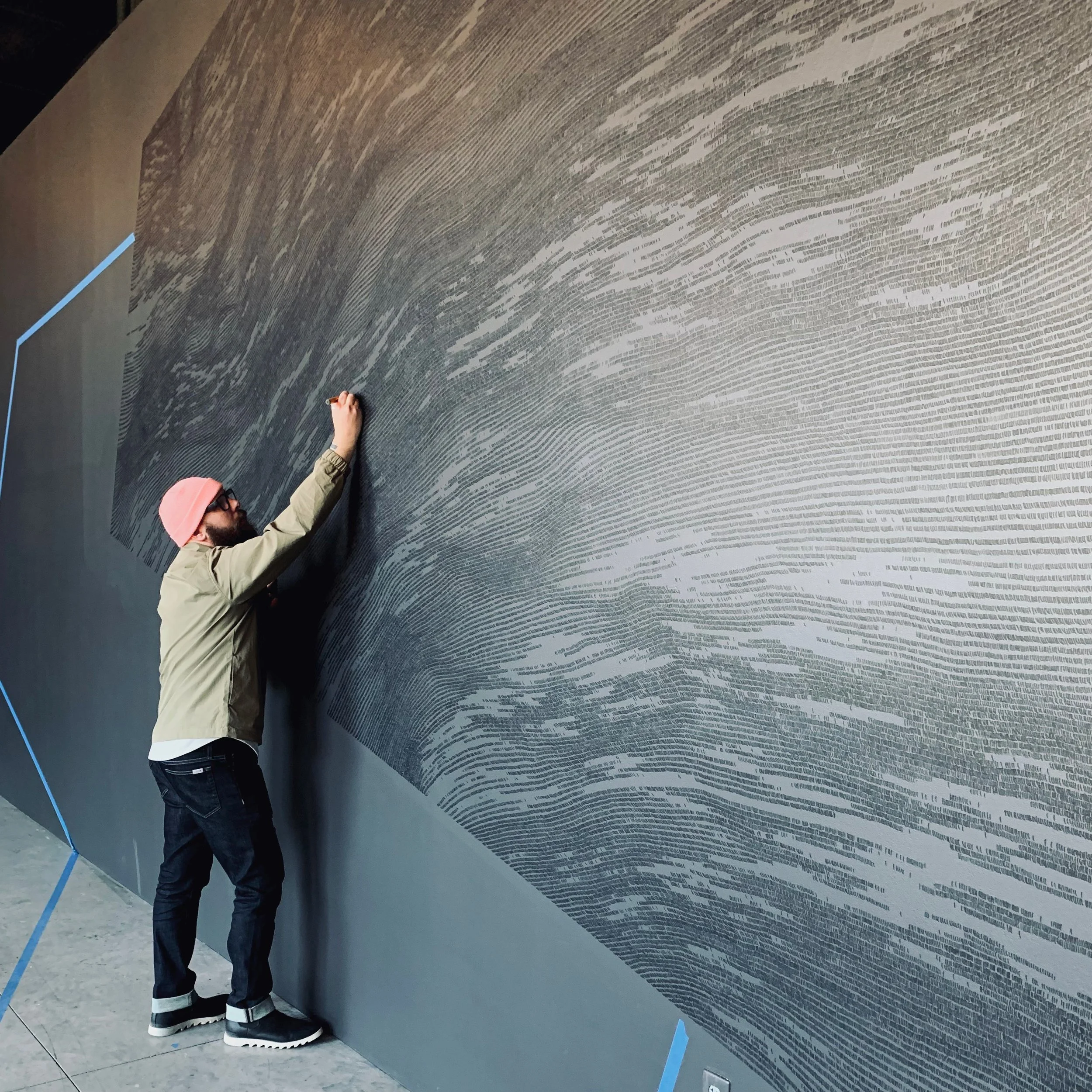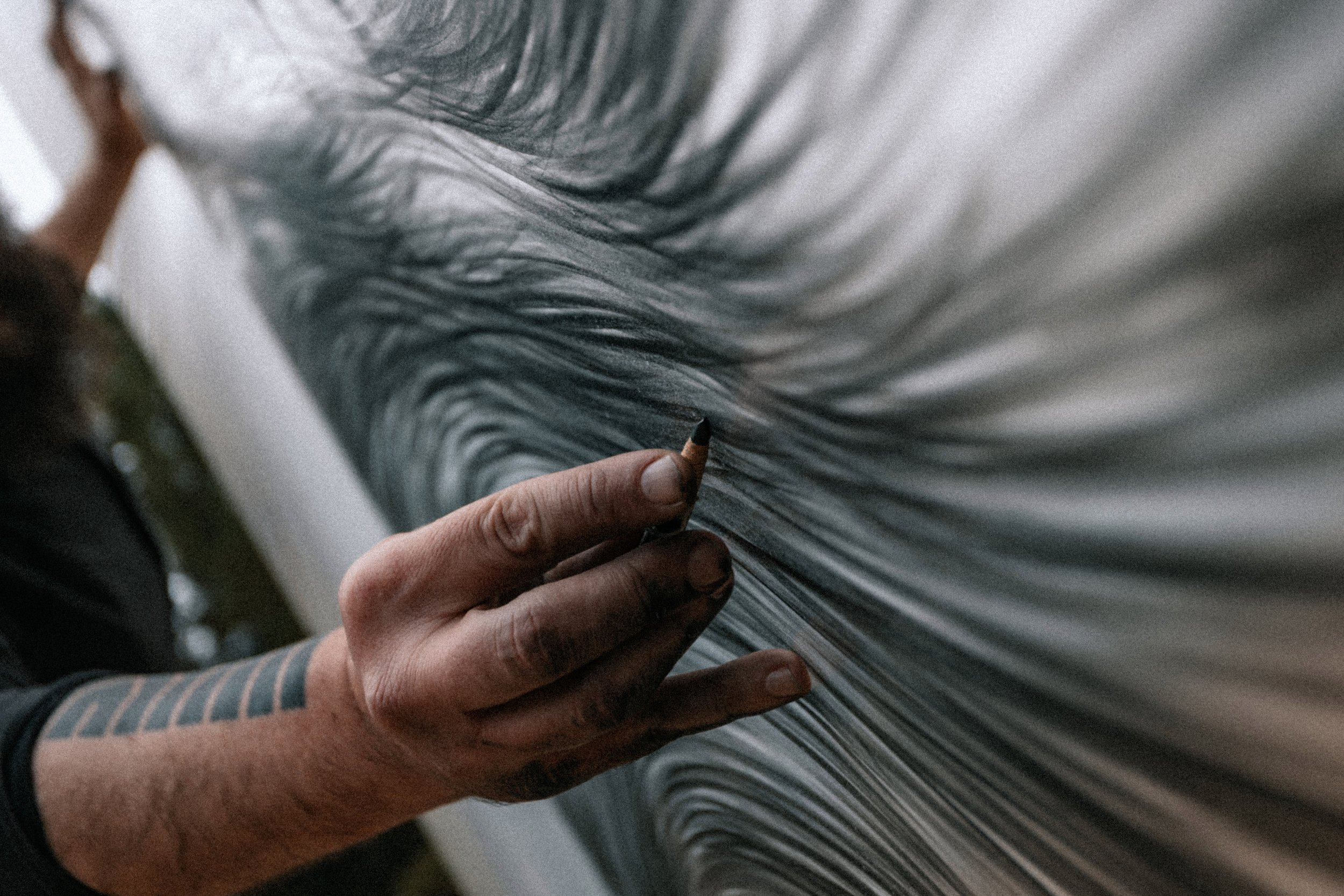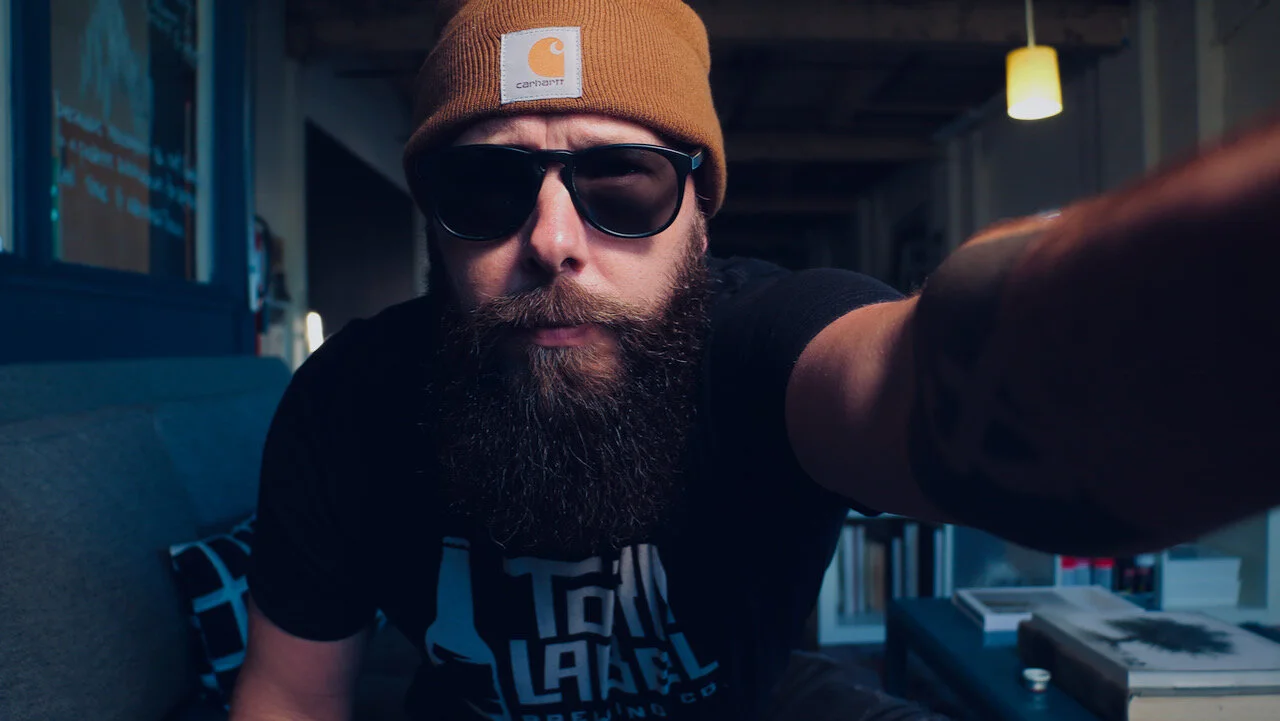chronotopic accumulation
crossroads hotel, KC
curated by Hesse Mcgraw, Contemporary Arts Museum Houston
JANUARY 17TH – APRIL 15TH, 2022
Here time is always poly-chronic; a hotel lobby is a site of constant changes, a space where multiple time fields collide and upend any conception of a singular, universal timeline. This multi-duration drawing accumulates moments as they pass deposited in a sequentially layered index of marks. Over the 200-hour combined duration, the drawing also records of influence and assertions of this dynamic, public space. Through 4 durational drawing acts, spatial and temporal indexes coalesce into a new whole. Time thickens, takes on weight, becomes material, and presents its spatial qualities; correspondingly, as the marks accumulate, the space becomes charged and responsive to the time, memory, personal narratives, and the history of the movement made concrete through the drawing acts. Each duration's drawing acts and progression will be open and available to the public and documented through video and photographs. The final act of this work is a reclaiming of the wall surface, burying the drawing beneath a fresh layer of paint. The drawing will disappear from view but will never leave this space, the time, labor, and their marks will become part of the architecture of the hotel, shrinking the dimensions of the room imperceptibly by .031’’.
A chronotope is a means of encompassing the close interconnectedness of space and time. The notion of the chronotope originated from Russian literary scholar Mikhail Bakhtin's 1937 study of the development of the novel and was concerned with the way the era or cultural moment in time that contains the novel-writing process is always bound up in the book alongside the constructed narrative. The proposed drawing for the Crossroads hotel expands these ideas to the concept of drawing, unifying spatial and temporal markers and allowing time to become tangible and material. Time and mobility are mistakenly treated as things, not progressions. They are treated retrospectively as a thing's spatial trajectory, which can be divided ad infinitum, whereas they are, in fact, an indivisible whole. We implicitly understand that space is transformed to place by the action(s) or events that occur within it— in the case of this project I was dealing with 2 distinct spaces: the physical, architectural space of the lobby and the time-space or duration of the project. By engaging in public drawing acts the time and space are bound together, bundled with the multiple simultaneous presents of all visitors, guests and patrons of the hotel.
some notes
This shift to performative, drawing acts began in 2013 but has taken on new layers of meaning as our relationship to place and time continues to evolve. With emerging technologies and the cultures they foster, we are discovering new modes of engagement, living and working. On the heels of an unprecedented moment of remoteness brought on by the pandemic, the shift to largely screen-based interactions limited our proximity to the tactile, irregular, and unfamiliar surfaces of everyday life have been flattened, smoothened, and stretched thin. We have become accustomed to concepts like work and school that were previously anchored in a physical location to instead be defined by time boundaries rather than physical ones. Time has become the dimension we associate with placemaking. For this project, I wanted to inhabit the time-space of the hotel for an extended duration and publically mark moments as they pass with the hotel guests, staff, and patrons as witnesses. The space and time of the CROSSROADS HOTEL lobby became a performance space, a vessel that contained the work and put the act of making on display. Drawing continued over the 4-month exhibition, culminating 3 days before the exhibition ended and the entire marked surface was reclaimed.



















